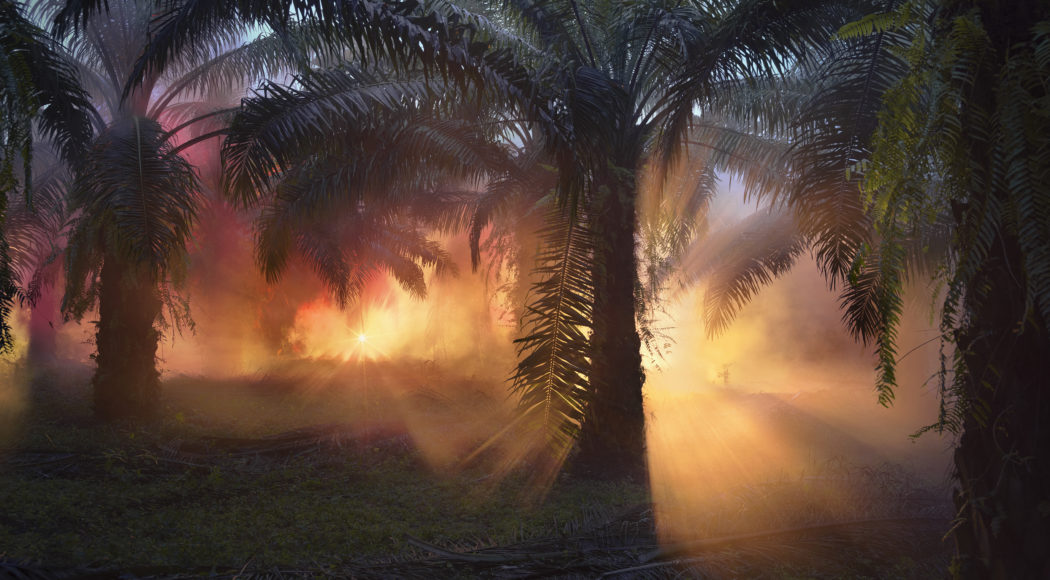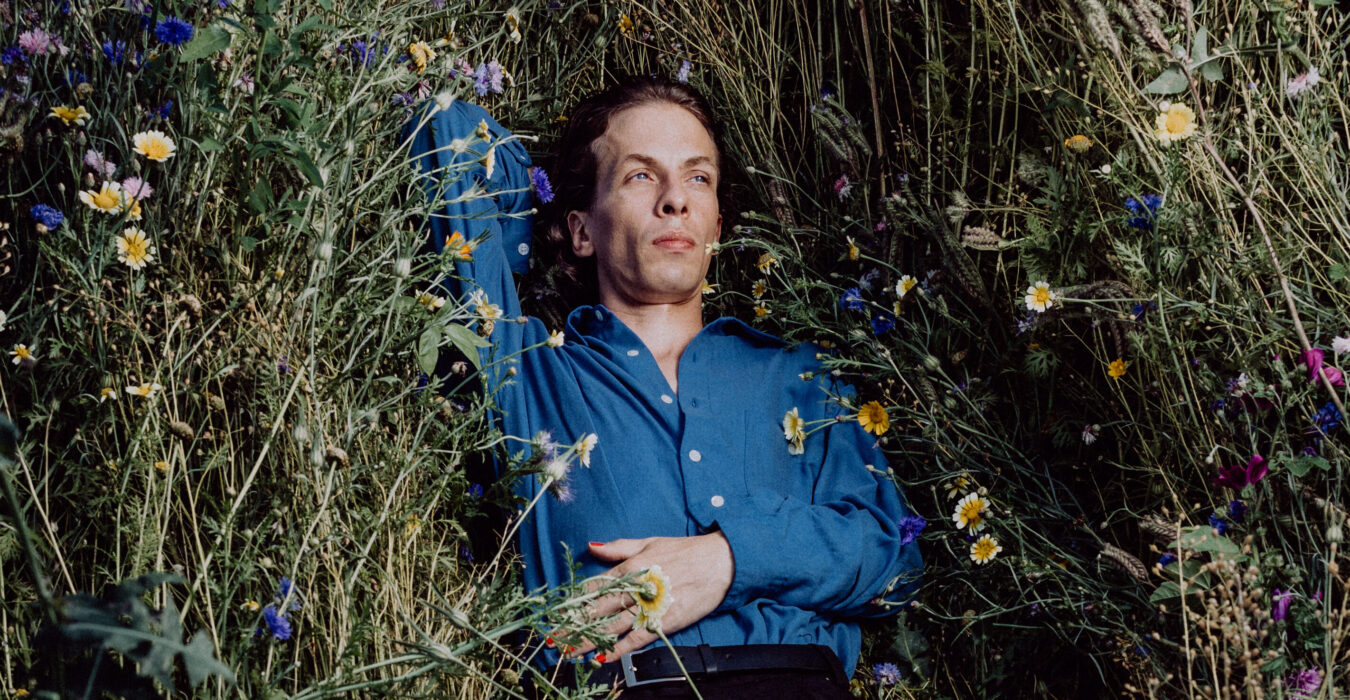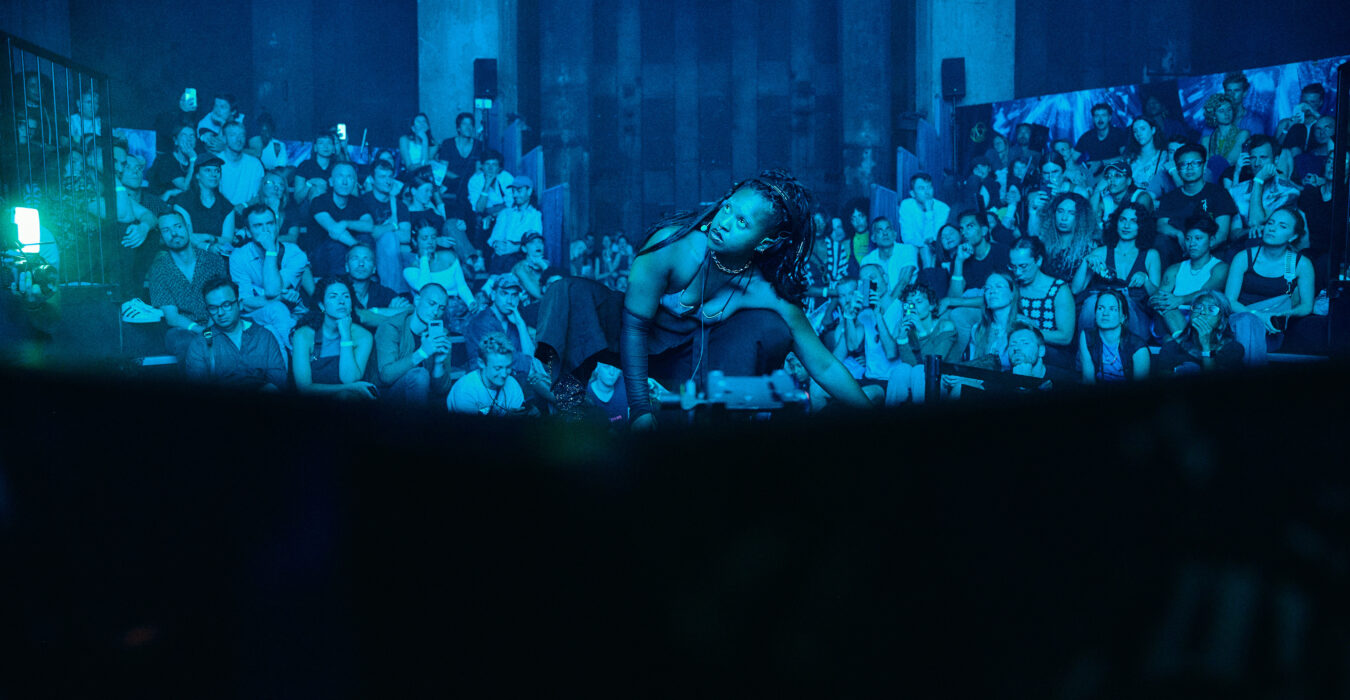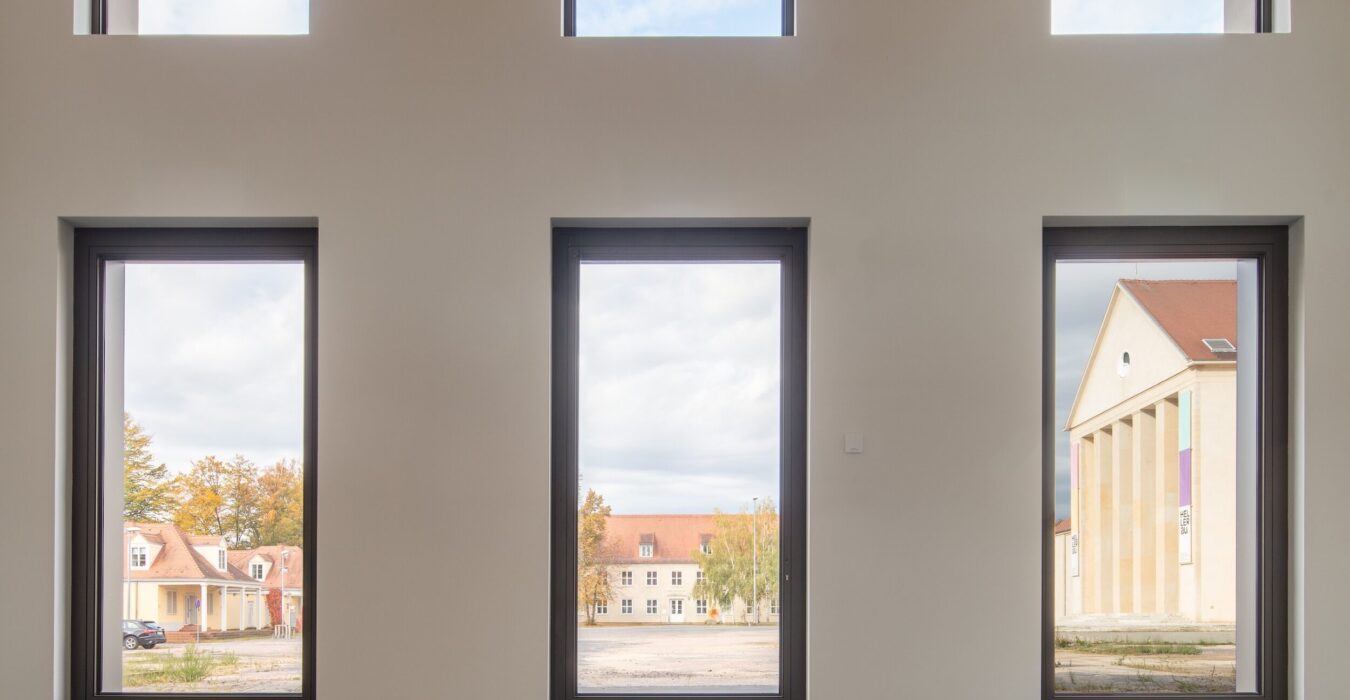An Invitation to Disappear
Julian Charrière
Film recordings for a project by Julian Charrière and Dehlia Hannah are planned in the multi-channel audio-video installation throughout the festival TONLAGEN – Dresdner Tage der zeitgenössischen Musik from 11.04. – 02.05.2021. The date for the release of this film project is yet to be announced.
_________________
“An Invitation to Disappear” is the literal translation of “Tambora”, a volcano on the Indonesian island of Sumbawa. In 1815, Tambora erupted causing the largest recorded eruption in human history to date. Thousands of people fell victim to the eruption, and a cloud of ash spread around the globe, causing temperatures to drop in Europe and North America as well. The year 1816 went down in history as the “year without a summer”. The volcanic winter, which was to last until 1819, caused crop collapses, floods and famine. Due to countless aerosols in the atmosphere, however, the color spectra of the sunsets also changed: the works of William Turner or Caspar David Friedrich, which were created during these years, can be read like chronicles of this altered solar radiation.
The installation “An Invitation to Disappear” by Swiss artist Julian Charrière, with music by Inland aka Ed Davenport, follows a choreography: colored flashes illuminate the dark night in a densely cultivated palm grove, hard electronic rhythms in endless loop cut through the endless silence of a field of trees. A palm oil plantation shakes with light and sound, the scenery oscillates between promising and threatening. The visitors move in the middle of a rave, they follow the rhythms and sounds of the electronic music, diving deeper and deeper into a scenery veiled by clouds of fog, filmed on a palm oil plantation in the Far East. A scenery that juxtaposes a state of intoxication caused by music with the excessive overexploitation of nature. The omnipresence of the substance palm oil finds its analogy in the absence of our interest in its extraction; the physical absence of man turns into an omnipresence of his actions. Although palm oil is used almost everywhere today, far less is known about how and where it is extracted and the consequences associated with its extraction. Monoculture cultivation, soil poisoning due to pesticides, and the clearing of rainforests to increase acreage go hand in hand with the growth of palm oil plantations. Amidst the rigid grids in which the palm trees are planted, the installation An Invitation to Disappear condenses image and sound into metaphors for the human belief in progress, unsustainable (profit) interests, and their massive consequences, while evoking collective trance states and experiences of the supertemporal.
An Invitation To Disappear was first shown at Kunsthalle Mainz and Berlinische Galerie, and also as part of Berlin Art Week in a live edition with Inland aka Ed Davenport at Berghain. In April 2021, the installation is part of a documentation of the pandemic-related closure of Kunsthaus HELLERAU – European Center for the Arts, thus contrasting in a special way the absence of man with the dramatic consequences of human action.
The installation takes place at HELLERAU during the festival TONLAGEN – Dresdner Tage der zeitgenössischen Musik and is a HYBRID project as well as a first cooperation with ZiMMT, a new center for immersive media art, music and technology in a former factory building in East Leipzig.
ZiMMT Crowdfunding Campaign
ZiMMT Immersive Sound Forum for 3D Audio
Courtesy of Studio Julian Charrière and Galerie DITTRICH & SCHLECHTRIEM 2021
Dehlia Hannah
BLACKOUT MANUAL Project
More information will follow soon here.
Julian Charrière was born in 1987 in Morges, Switzerland. In 2006 he began studying art in Switzerland. In 2007 he moved to the Berlin University of the Arts, where he completed his studies with Olafur Eliasson at the Institute for Spatial Experiments in 2013. For the often elaborate development processes of his works, Julian Charrière collaborates with international scientific institutions. His projects usually begin with extended excursions. They take him to remote and threatening areas such as ice fields, salt deserts, volcanoes or radioactively contaminated terrain. His work has been shown in numerous international exhibitions, including the main exhibition at the Venice Biennale in 2017.
Dehlia Hannah is a philosopher and curator, and currently Mads Øvlisen Postdoctoral Fellow in Art and Natural Sciences in the Department of Chemistry and Biosciences at Aalborg University-Copenhagen. She received her PhD in philosophy and certificate in feminist inquiry from Columbia University in 2013, with specializations in philosophy of science and aesthetics. Her recent book A Year Without a Winter (2018) reframes contemporary imaginaries of climate change by revisiting the environmental conditions under which Frankenstein was written and the global aftermath of the 1815 eruption of Mount Tambora. As a curator, her exhibitions and artistic collaborations explore how emerging science and technology inform the aesthetic contestation of ideas of nature.
Support ticket: TONLAGEN#seidabei
The streams are accessible free of charge. But art costs money. The challenge of making a digital programme available in these times is great. With the Support-Ticket: TONLAGEN#seidabei you have the opportunity to financially support the elaborate production of the TONLAGEN Festival.
Buy your voluntary ticket here.





